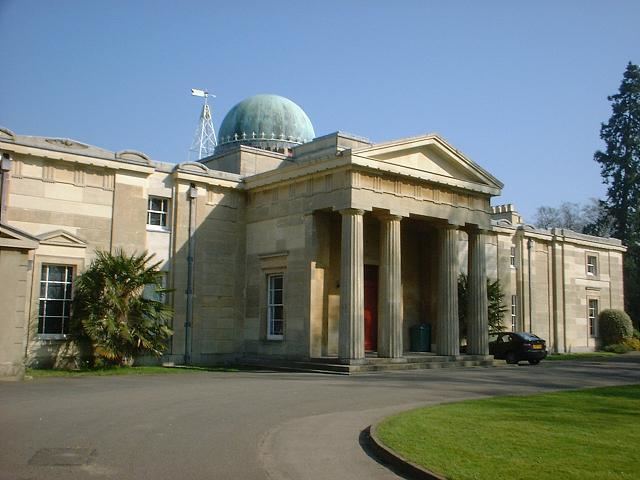Established 1972 Founded 1972 Staff 177 | Website www.ast.cam.ac.uk Phone +44 1223 337548 | |
 | ||
Faculty School of Physical Sciences, University of Cambridge Address Madingley Rd, Cambridge CB3 0HA, UK | ||
Animotion preview of show at the institute of astronomy cambridge uk awesome productions ltd
The Institute of Astronomy (IoA) is the largest of the three astronomy departments in the University of Cambridge, and one of the largest astronomy sites in the UK. Around 180 academics, postdocs, visitors and assistant staff work at the department.
Contents
- Animotion preview of show at the institute of astronomy cambridge uk awesome productions ltd
- History
- Teaching
- Notable current staff
- Notable past members
- Telescopes
- Public activities
- Library
- Achievements
- References
Research at the department is made in a number of scientific areas, including exoplanets, stars, star clusters, cosmology, gravitational-wave astronomy, the high-redshift universe, AGN, galaxies and galaxy clusters. This is a mixture of observational astronomy, over the entire electromagnetic spectrum, computational theoretical astronomy, and analytic theoretical research.
The Kavli Institute for Cosmology is also located on the department site. This Institute has an emphasis on The Universe at High Redshifts. The Cavendish Astrophysics Group are based in the Battcock Centre, a building in the same grounds.
History
The Institute was formed in 1972 from the amalgamation of earlier institutions:
Teaching
The department teaches 3rd and 4th year undergraduates as part of the Natural Sciences Tripos or Mathematical Tripos. In addition, there are around 12 to 18 graduate PhD and masters students at the department per year, mainly funded by the STFC. The graduate programme is particularly unusual in the UK as the students are free to choose their own PhD supervisor or adviser from the staff at the department, and this choice is often made as late as the end of their first term.
Notable current staff
A (incomplete) list of notable current members of the department.
Notable past members
Here are some notable members of the Department and its former institutes.
Telescopes
The Institute houses several telescopes on its site. Although some scientific work is done with the telescopes, they are mostly used for public observing and astronomical societies. The poor weather and light-pollution in Cambridge makes most modern astronomy difficult. The telescopes on the site include:
The Institute's former 24" Schmidt Camera was donated to the Spaceguard Centre in June 2009.
The Cambridge University Astronomical Society (CUAS) and Cambridge Astronomical Association (CAA) both regularly observe. The Institute holds public observing evenings on Wednesdays from October to March.
Public activities
The department holds a number of events involving the general public in astronomy. These include/ have included:
Library
The Institute library is housed in the old Cambridge Observatory building. It is a specialist library concentrating on the subjects of astronomy, astrophysics and cosmology. The collection has approximately 17,000 books and subscribes to about 80 current journals. The Library also has a collection of rare astronomical books, many of which belonged to John Couch Adams.
Achievements
Among the significant contributions to astronomy made by the institute, the now decommissioned Automatic Plate Measuring (APM) machine was used to create a major catalogue of astronomical objects in the northern sky.
